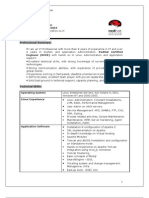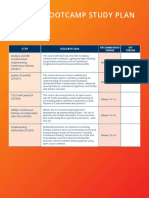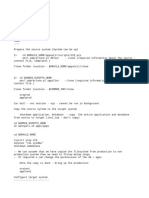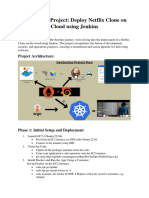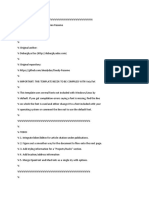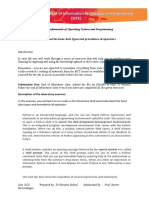0% found this document useful (0 votes)
159 views21 pagesDevOps Commands Sheet
The document is a comprehensive cheat sheet of DevOps commands, covering basic, intermediate, and advanced Linux commands, Git commands, and Docker commands. It includes essential commands for file management, system monitoring, networking, and package management, as well as specific commands for Git and Docker operations. This resource serves as a quick reference for developers and DevOps professionals to efficiently navigate and manage their environments.
Uploaded by
swarnadeepmaity2015Copyright
© © All Rights Reserved
We take content rights seriously. If you suspect this is your content, claim it here.
Available Formats
Download as PDF, TXT or read online on Scribd
0% found this document useful (0 votes)
159 views21 pagesDevOps Commands Sheet
The document is a comprehensive cheat sheet of DevOps commands, covering basic, intermediate, and advanced Linux commands, Git commands, and Docker commands. It includes essential commands for file management, system monitoring, networking, and package management, as well as specific commands for Git and Docker operations. This resource serves as a quick reference for developers and DevOps professionals to efficiently navigate and manage their environments.
Uploaded by
swarnadeepmaity2015Copyright
© © All Rights Reserved
We take content rights seriously. If you suspect this is your content, claim it here.
Available Formats
Download as PDF, TXT or read online on Scribd
/ 21



